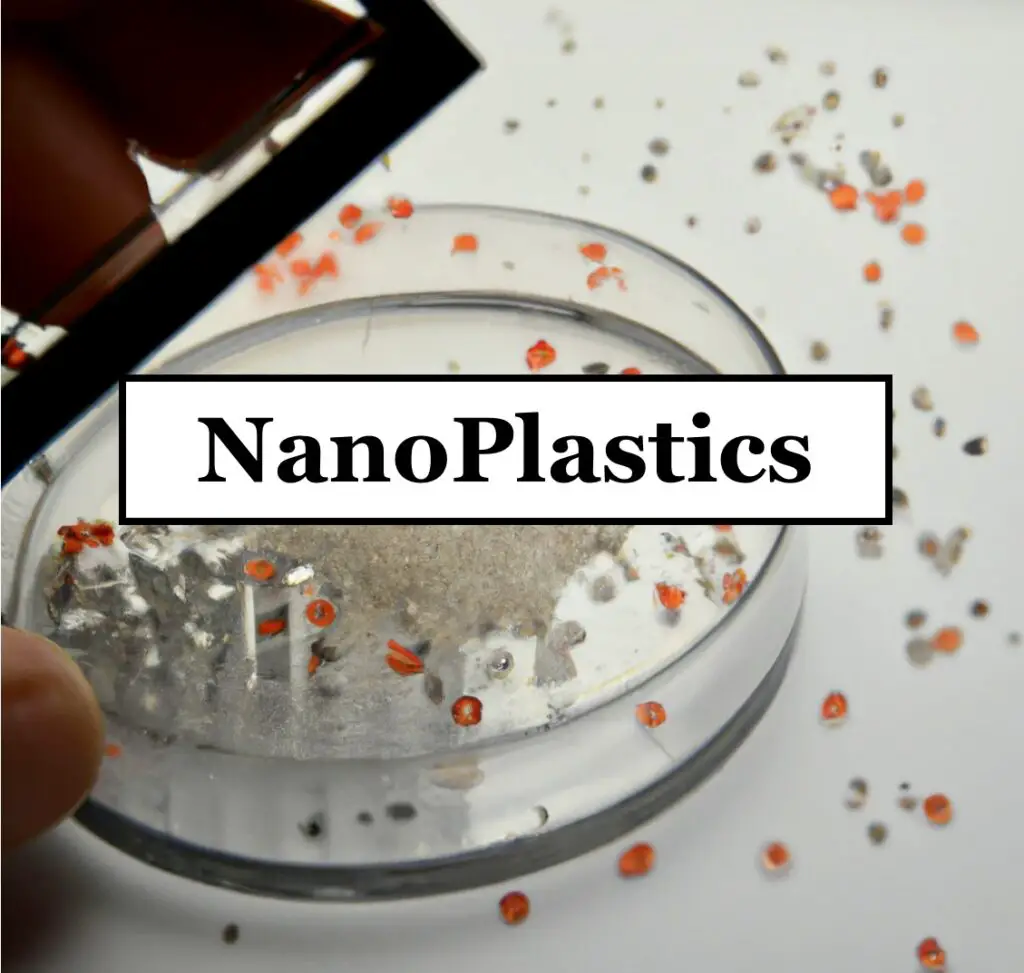Nanoplastics are tiny plastic particles with dimensions in the nanometer range (1-100 nanometers). They are so small they cannot be seen under a microscope. They can be formed through the breakdown of larger plastic items or can be intentionally engineered for certain applications.
The harm posed by nanoplastics is an area of ongoing research, but potential concerns include:
- Environmental Impact: Nanoplastics can enter ecosystems, contaminating soil and water. Their small size allows them to be ingested by microorganisms, plants, and animals, potentially impacting the entire food chain. They are small enough to invade your body’s cells.
- Health Risks: There are concerns about the potential health effects of nanoplastic exposure in humans. Studies suggest that nanoparticles can penetrate biological tissues and may have adverse effects on cellular functions, although the extent of these impacts is not yet fully understood. There is concern these plastics can migrate through tissue and potentially distribute harmful synthetic chemicals throughout the body with unknown effects.
- Transport of Pollutants: Nanoplastics can adsorb and transport harmful chemicals. When ingested, they may introduce pollutants into the bodies of organisms, posing additional risks to both aquatic and terrestrial ecosystems.
Research is ongoing to better understand the full scope of nanoplastic impacts on ecosystems and human health. Reducing overall plastic use and improving waste management practices are crucial steps in addressing the nanoplastic issue.




